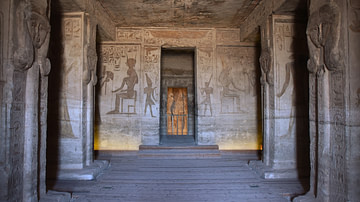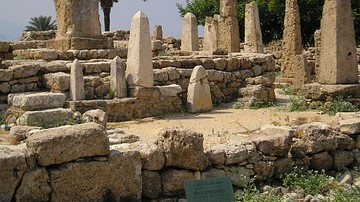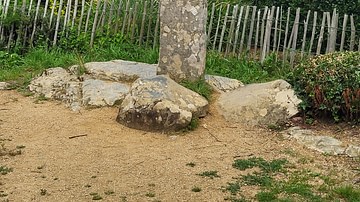Search
Search Results

Article
Diodorus Siculus' Account of the Life of Semiramis
Semiramis is the semi-divine Warrior-Queen of Assyria, whose reign is most clearly documented by the Greek historian Diodorus Siculus (l. 90-30 BCE) in his great work Bibliotheca Historica ("Historical Library") written over thirty years...

Article
Ten Ancient Egypt Facts You Need to Know
Ancient Egypt is defined as the civilization which flourished in North Africa between c. 6000-30 BCE – from the Predynastic Period in Egypt (c. 6000 - c. 3150 BCE) through the Ptolemaic Dynasty (323-30 BCE) before Egypt became a province...

Article
Museums in the Ancient Mediterranean
Museums have been around much longer than one might think, but in the ancient world, they were principally institutions of research and learning rather than places to display artworks and artefacts, even if they were often located in grand...

Article
Baroque, Age of Contrasts - Exhibition Interview Schweizerisches Landesmuseum
The Baroque era, which lasted from roughly 1580 and 1780, was a time of enormous contrasts: Opulence and innovation, on the one hand; death and crises, on the other. Ongoing religious wars and the opening of global trade networks led to mass...

Image Gallery
A Gallery of Ancient Egyptian Architecture
Architecture in ancient Egypt reflected the Egyptian culture's values, primarily that of ma'at (harmony/balance) symbolized by the symmetry of the completed works. Exteriors and interiors were carefully planned and executed in accordance...

Image
Temple of the Obelisks
The Temple of the Obelisks in Byblos was an ancient Phoenician temple built in the Late Bronze Age (1600-1200 BCE).

Video
Ancient Egypt: Architecture
An overview of Ancient Egyptian architecture using the Great Pyramids and Sphinx at Giza as examples.

Image
Roman Emperor at the Hippodrome
A relief scene showing a Roman emperor (probably Theodosius I) with his entourage in the royal box at the Hippodrome of Constantinople. From the 4th century CE base of the column of the obelisk of Thutmose III which once stood in centre of...

Image
Menhir of Fort La Latte
This granite menhir, located near the Castle of the Rock Goyon (Fort la Latte) in northern Brittany, France, and measuring 2.64 meters, has a very fine obelisk shape. It was broken in two by the film crew of The Vikings in 1957, and the trace...